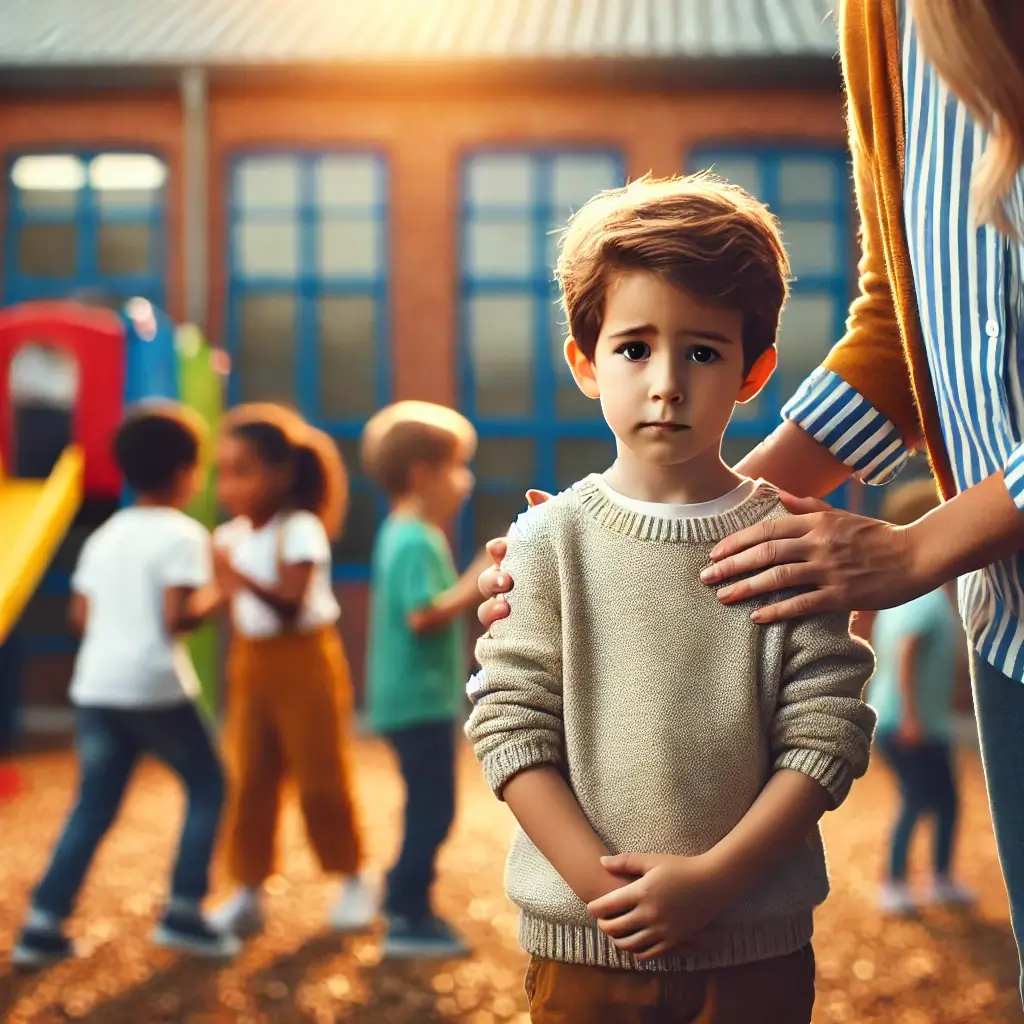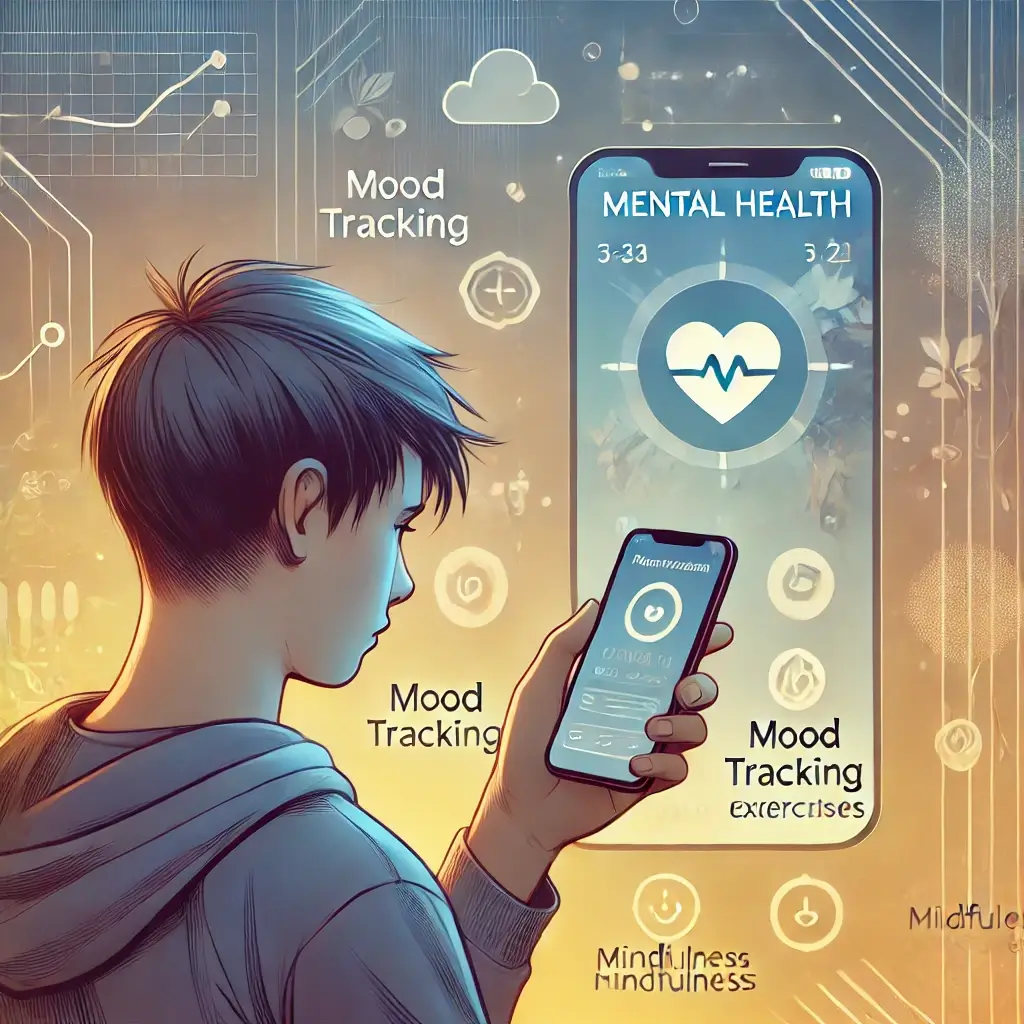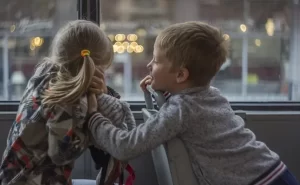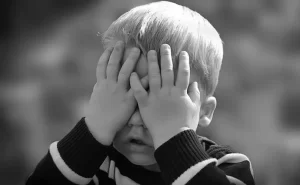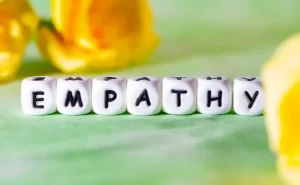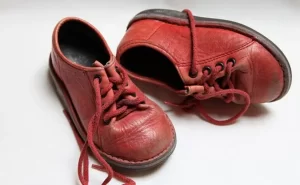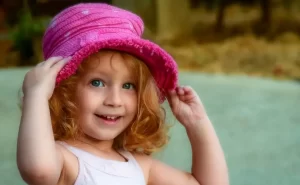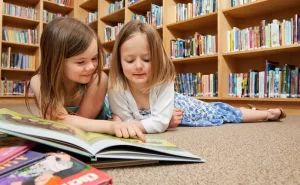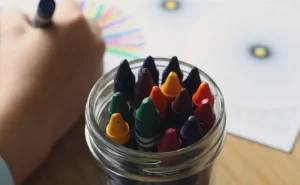Breaking Through Social Anxiety: Evidence-Based Solutions for Your Elementary School Child
Understanding Social Anxiety in Elementary School Children
For many children, the elementary school years are a time of significant social and emotional development. These years present opportunities to build friendships, navigate group dynamics, and develop essential interpersonal skills. However, for some children, these experiences are marked by intense fear and avoidance, signaling the presence of social anxiety disorder in elementary school children. Unlike shyness, which is typically a temporary hesitation that fades with familiarity, SAD is a chronic condition that impairs a child’s ability to function in social settings and perform academically.
Expert Insights on Social Anxiety Disorder
Dr. Sarah Martinez, a child psychologist, explains, “Social anxiety disorder goes beyond shyness—it’s a persistent fear of social judgment that affects every aspect of a child’s life, from school to friendships to family relationships.” Research from the National Institute of Mental Health indicates that approximately 7% of elementary-aged children experience SAD, with symptoms often manifesting between ages 8 and 11. Early intervention for childhood social anxiety can significantly improve outcomes, helping children manage their anxiety and thrive in social environments (NIMH, 2024).
Understanding SAD vs Shyness Research
A growing body of research underscores the importance of distinguishing between shyness and SAD. While the two may appear similar, their causes, symptoms, and impacts differ significantly.
Defining Key Differences
Shyness: A normal personality trait characterized by discomfort in unfamiliar social settings. Shy children typically adapt over time as they become more familiar with their environment. Their discomfort rarely interferes with their daily activities or relationships (AACAP, 2024).
Social Anxiety Disorder in school-aged children: A debilitating condition marked by a persistent fear of social interactions and negative evaluation. Children with SAD often exhibit physical symptoms, such as stomachaches, headaches, or trembling, and display avoidance behaviors that hinder their academic performance and social engagement (Journal of Anxiety Disorders, 2024).
Longitudinal Study Findings
A 2024 longitudinal study in the Journal of Child Psychology followed 2,500 elementary-aged children over five years, identifying critical differences in how shyness and SAD develop:
Progression: 40% of shy children did not develop SAD, suggesting that temperament alone does not lead to the disorder.
Environmental Impact: Family stress and critical parenting impact on social anxiety were significant predictors of SAD in shy children.
Intervention Outcomes: Children receiving targeted therapy, such as CBT, showed a 70% improvement in symptoms within a year.
Supporting Children with Social Anxiety
Parents and educators are key to creating supportive environments that help socially anxious children manage their fears and develop confidence. Below are actionable strategies based on current research and clinical recommendations:
Home-Based Support Strategies
Normalize Feelings: Help children understand that feeling nervous in social situations is normal and does not define their worth.
Gradual Exposure: Start with low-stakes social activities for anxious children, such as family gatherings or small playdates, and gradually increase exposure to larger groups.
Model Positive Social Behavior: Show children how to approach social situations calmly and confidently by modeling appropriate responses.
School-Based Support Implementation
Safe Spaces: Work with schools to establish designated areas where children can take breaks during overwhelming moments.
Accommodations: Develop modified participation plans that allow children to contribute in ways that feel manageable, such as presenting to a smaller group.
Peer Support Programs: Implement buddy systems for socially anxious students to pair socially anxious children with empathetic, confident peers.
Professional Treatment Options
Cognitive Behavioral Therapy (CBT): Research consistently shows that CBT is the most effective treatment for SAD. It helps children identify and challenge negative thought patterns while building social skills (Journal of Child Psychology, 2024).
Group Social Skills Training: These sessions provide a safe space for children to practice interactions with peers under the guidance of a therapist.
Family Counseling: Involving parents in therapy can help them understand and address behaviors that may unintentionally reinforce anxiety.
Technology Integration for Anxiety Management
Technology can complement traditional interventions for SAD. Anxiety-management apps for elementary students, mindfulness tools, and guided relaxation programs offer accessible resources for children and families. These tools help track progress, provide coping strategies, and reinforce therapy sessions at home.
Final Thoughts on Supporting Children with SAD
Understanding and supporting children with social anxiety disorder requires a collaborative effort between parents, educators, and mental health professionals. Differentiating between SAD and shyness is the first step toward providing effective support. With early intervention, evidence-based strategies, and a nurturing environment, children with SAD can overcome their fears, build meaningful relationships, and succeed academically.
Expert Conclusion
As Dr. Martinez emphasizes, “The goal is not to eliminate anxiety entirely but to equip children with the tools and confidence they need to face social challenges. With the right support, every child can thrive.”
Research References
American Academy of Child and Adolescent Psychiatry Guidelines (2024).
Journal of Anxiety Disorders (2024). Longitudinal study on the development of social anxiety disorder.
Journal of Child Psychology (2024). Outcomes of CBT for children with SAD.
National Institute of Mental Health (2024). Statistics and insights on childhood social anxiety.
Martinez, S. (2024). Clinical perspectives on anxiety in children.
